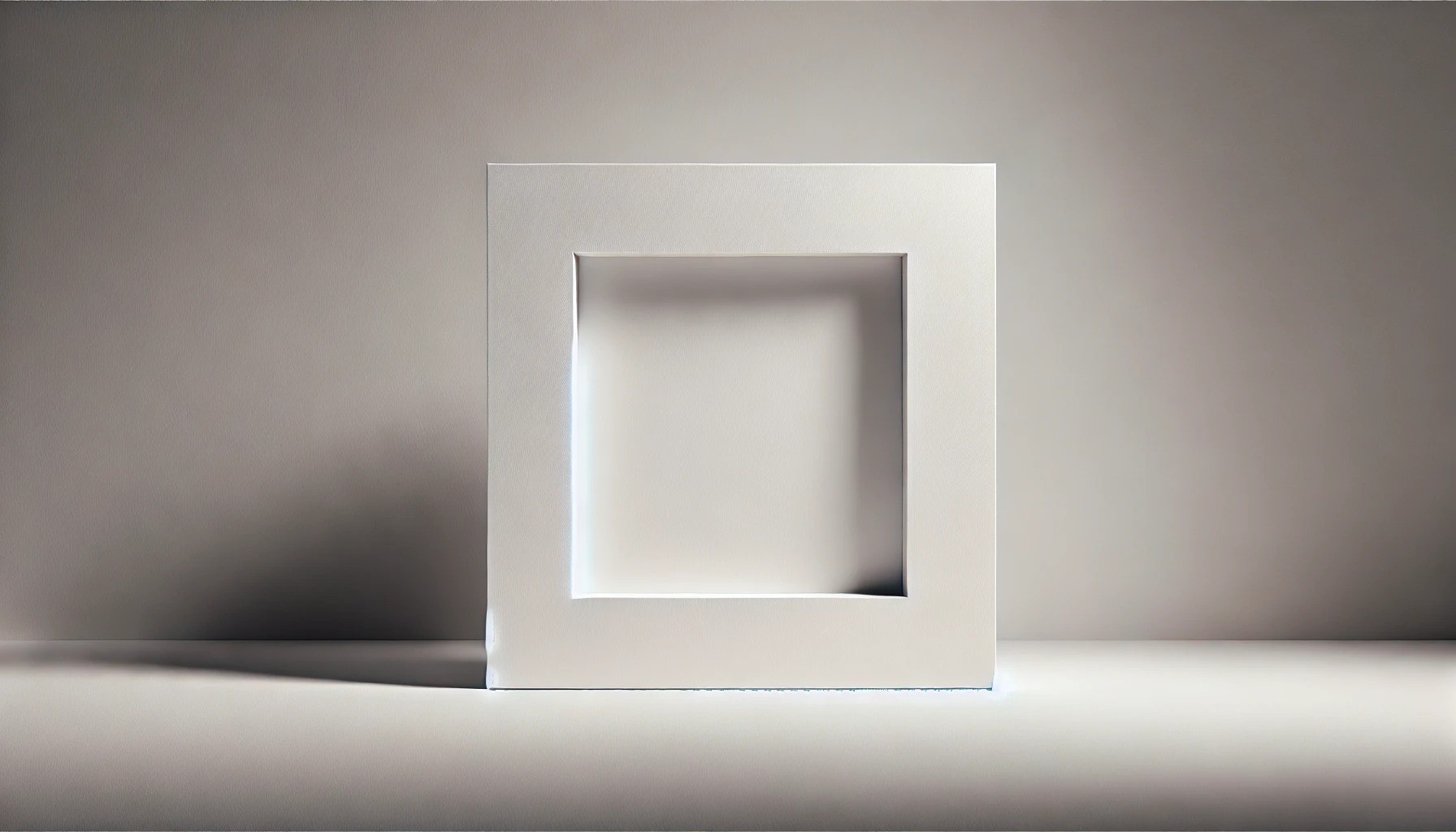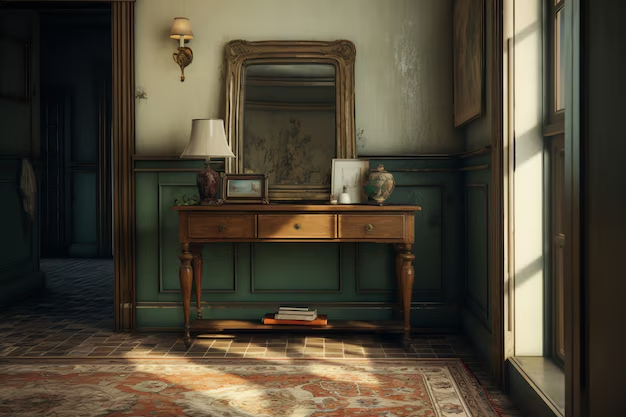Minimalism is more than just an aesthetic; it’s a philosophy that encourages simplicity and clarity. Emerging in the mid-20th century, minimalism sought to strip away the excesses of art and life. It invites viewers to focus on what truly matters by reducing distractions. One of the most intriguing symbols within this movement is the white square. This seemingly simple shape carries profound meaning, challenging our perceptions while evoking emotions often left unspoken. From canvas to culture, the influence of minimalism has permeated various aspects of our lives, making us reconsider clutter—both physical and mental.
Join us as we explore how this iconic symbol embodies deeper concepts and its lasting impact across different domains from art to fashion. You’ll discover why the white square captivates not only artists but also everyday individuals seeking clarity amidst chaos.
The rise of minimalism in the art world
Minimalism emerged as a powerful movement in the mid-20th century, challenging traditional artistic expressions. Artists sought to strip away the excess and focus on pure form, color, and texture.
This shift was marked by a departure from representational art. Instead of depicting complex scenes or emotions, minimalists embraced simplicity. They believed that less could indeed be more.
Key figures like Donald Judd and Agnes Martin led this charge with their iconic works. Their pieces often featured clean lines and geometric shapes—an aesthetic that still resonates today.
The white square became an emblem of this minimalist philosophy. It represents clarity and unadulterated thought—a canvas for contemplation rather than distraction.
As galleries began showcasing these artworks, they attracted diverse audiences curious about this new direction in creativity. The impact was profound; it redefined not only artistic practice but also how viewers engage with art itself.
The use of white squares in minimalist art
White squares are a hallmark of minimalist art, representing clarity and simplicity. They strip away the unnecessary to focus on pure form.
This stark geometry invites viewers to engage deeply with what’s presented. Each square becomes a canvas for contemplation rather than mere decoration. The absence of color allows emotions and interpretations to unfurl organically.
Artists like Kazimir Malevich pioneered this concept with his famous “White on White” paintings. These works challenge perception, urging us to question the essence of art itself.
In contemporary settings, white squares resonate in various mediums—be it painting or digital design. This universal symbol transcends cultural boundaries, creating an immersive experience that speaks directly to our desire for less cluttered lives.
Such minimalistic expressions encourage mindfulness while provoking thought about space and presence in our chaotic world.
Symbolism and meaning behind the white square
The white square is more than just a shape; it embodies purity and simplicity. Its unblemished surface offers a blank canvas, inviting viewers to project their own thoughts and emotions onto it. This openness fosters personal interpretation.
In art, the white square often represents minimalism’s rejection of excess. It strips away distractions, encouraging focus on form and space. Each viewer brings their unique perspective, creating individual connections.
Symbolically, the color white signifies clarity and innocence. The square itself suggests stability and balance. Together, they create an intriguing dichotomy—an exploration of emptiness that can feel both calming and unsettling.
This interplay captures the essence of modern existence: navigating chaos within structured environments. The white square challenges us to question our perceptions while providing solace in its simplicity—a testament to minimalism’s profound impact on artistic expression.
Minimalism in other aspects of culture (fashion, interior design, music)
Minimalism extends beyond the canvas. It has seeped into fashion, interior design, and even music. In fashion, minimalist designs emphasize clean lines and neutral colors. This approach champions quality over quantity, allowing individuals to express themselves without overwhelming their wardrobes.
Interior design also embraces minimalism through open spaces and functional furniture. The mantra “less is more” prevails as people opt for uncluttered environments that promote tranquility. White walls often dominate these spaces, echoing the simplicity of the white square.
In music, minimalism manifests in repetitive structures and soothing rhythms. Composers like Steve Reich focus on subtle variations rather than complexity. This creates an immersive listening experience that mirrors visual minimalism’s clarity.
Each aspect highlights a shared philosophy: stripping away excess allows for deeper connections—whether with art, surroundings or sound.
Criticisms and controversies surrounding minimalism
Minimalism often draws sharp criticism for its perceived coldness. Some argue that the stark simplicity of a white square can feel emotionally distant or sterile, stripping away individuality and warmth.
Another common contention is that minimalism can be elitist. Critics point out how high-end minimalist designs are accessible only to those with disposable income. This raises questions about inclusivity in art and culture.
Moreover, the environmental impact of producing minimalistic items—especially when they become trends—is debated. The focus on sleek aesthetics sometimes leads to sustainability concerns as consumers chase after the latest iterations.
Some artists challenge whether true minimalism exists at all. They argue it may just mask deeper complexities within contemporary society while offering an illusion of clarity without addressing underlying issues.
Impact and lasting influence of minimalism on society
Minimalism has permeated various aspects of modern society, reshaping how we interact with our surroundings. The clear lines and uncluttered spaces promote a sense of calm amidst chaos. This aesthetic encourages mindfulness, urging people to focus on what truly matters.
In the realm of consumer culture, minimalism challenges incessant consumption. It advocates for quality over quantity, prompting a shift in purchasing habits that prioritizes sustainability.
Artistic movements have also drawn inspiration from minimalist principles. Artists continue to explore simplicity as a powerful form of expression, making waves across galleries worldwide.
Moreover, technology embraces minimalism through streamlined designs and user interfaces that enhance functionality without distraction.
This influence extends into daily life choices—from fashion trends favoring capsule wardrobes to interior designs emphasizing open space—revealing an enduring appreciation for simplicity in complexity.
Conclusion
The white square stands as a powerful emblem of minimalism. It invites contemplation and encourages the viewer to explore what lies beneath its simplicity.
In a world often filled with chaos, this unassuming shape offers clarity. It challenges our perceptions and pushes the boundaries of creativity.
We see its influence extending beyond art into fashion and design. In each domain, it inspires a quest for purity in aesthetics.
Critiques may arise, questioning the depth of such simplicity. Yet, many find beauty in embracing less as more.
As society evolves, the essence of minimalism remains relevant. The white square will continue to provoke thought and inspire generations to come.
FAQs
What does the white square symbolize in minimalist art?
The white square often symbolizes purity, simplicity, and clarity. It serves as a blank canvas inviting viewers to explore their thoughts and emotions.
Why is minimalism important in modern culture?
Minimalism encourages us to strip away excess and focus on what truly matters. This philosophy resonates across various aspects of life, promoting mindfulness and intentionality.
How did minimalism influence other areas like fashion or interior design?
In fashion, minimalism emphasizes clean lines and neutral colors, creating timeless styles. In interior design, it promotes open spaces free from clutter, fostering tranquility.
Are there any criticisms of minimalism?
Yes, some argue that minimalism can be elitist or overly simplistic. Critics also point out that reducing everything to basic forms may overlook deeper meanings or cultural contexts.
Can anyone adopt a minimalist lifestyle?
Absolutely! Minimalism is about personal choice. Whether through decluttering your home or simplifying your schedule, anyone can embrace its principles at their own pace.
Is there a connection between minimalism in art and sustainability?
Many view minimalist practices as aligning with sustainable living by encouraging less consumption and more thoughtful choices regarding materials and resources used both in art creation and daily life.










